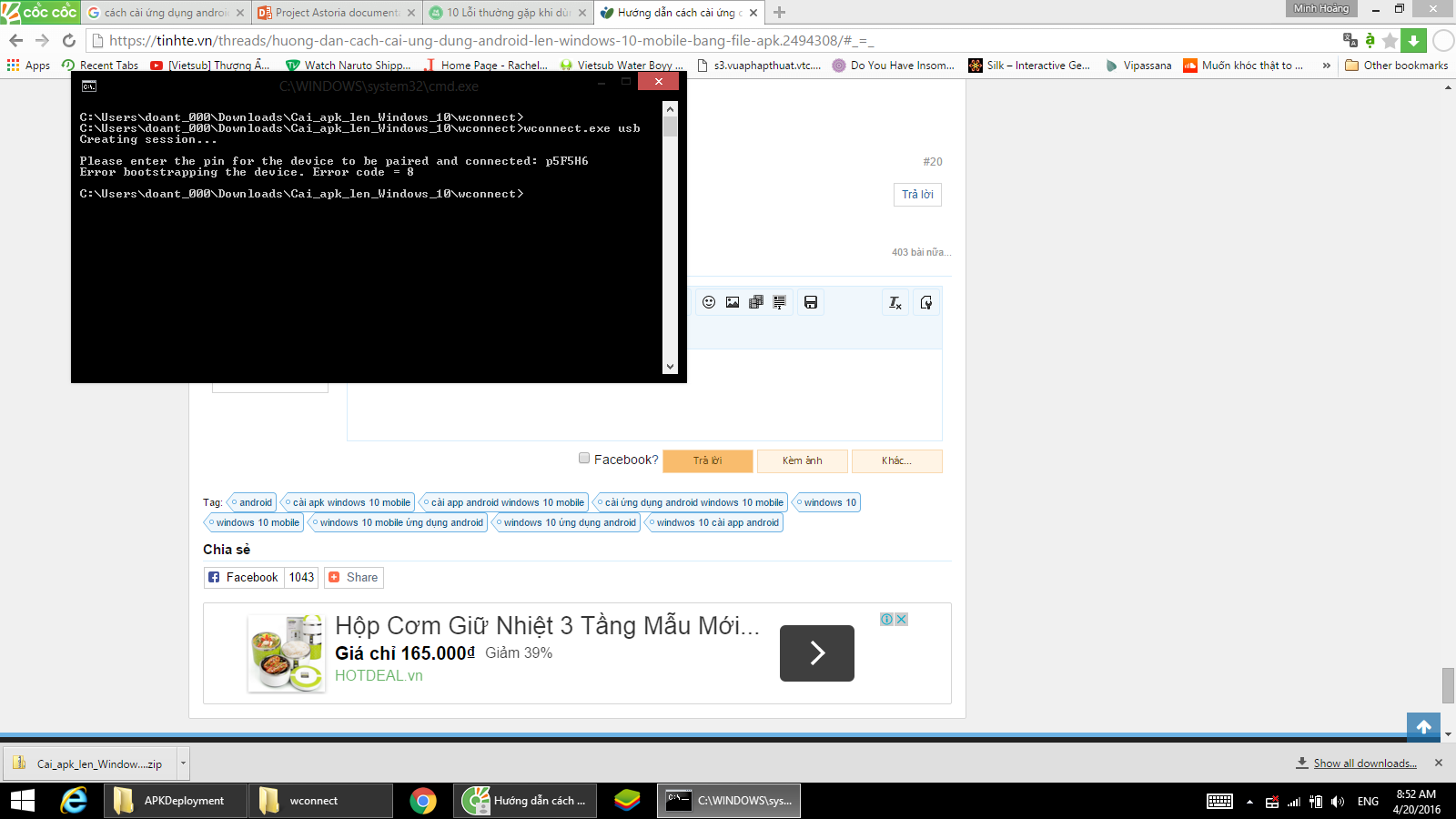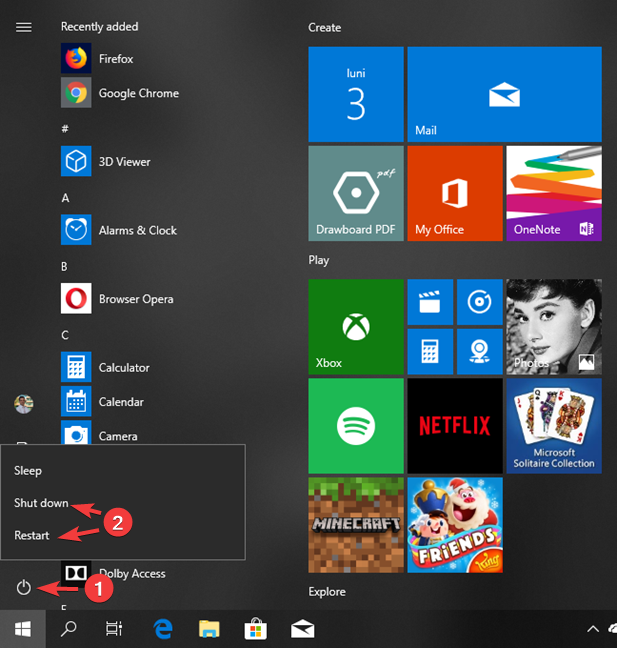
Best of all, it does not require any installation and is completely free to use. It is a handy little tool that helps you manage privacy settings easily on your Windows OS and across all programs installed on your PC. If you're the type of user who wants granular control over your data privacy and security, you should check out O&O ShutUp. While it will try to help you understand each option, there is still the chance that some functions might break if not handled properly. Just note that O&O ShutUp is meant for advanced experienced users. 0 - indicating the absence of any or all units under consideration 'a zero score'. digit, figure - one of the elements that collectively form a system of numeration '0 and 1 are digits'. Lastly, the tool has a handy feature that gives you the option to make changes to all user accounts registered on your PC or just one account, in particular. 0 - a mathematical element that when added to another number yields the same number. If you click on one, it will provide you with a brief description of what it is and how it works, which is great for beginners. The majority revolves around privacy and security, such as disabling data collection in some programs and preventing ads from being shown to you. They are grouped into categories for easier navigation.

When you first open it, you'll be presented with a clean and minimal interface that shows all available options in a list. All the changes you make are system-wide and only need to be done once from the program itself. In addition, it also allows you to decide which native OS apps can access your information and those that shouldn’t by setting rules or by simply deactivating the function altogether. The TI-99/4A computer has a more angular capital O and a more rounded digit 0, whereas others made the choice the other way around.In essence, O&O ShutUp is a privacy tool that gives you control over your data and how it’s being handled by your OS. Some fonts designed for use with computers made one of the capital-O–digit-0 pair more rounded and the other more angular (closer to a rectangle). This could be confused with the Greek letter Theta on a badly focused display, but in practice there was no confusion because theta was not (then) a displayable character and very little used anyway.Īn alternative, the slashed zero (looking similar to the letter O except for the slash), was primarily used in hand-written coding sheets before transcription to punched cards or tape, and is also used in old-style ASCII graphic sets descended from the default typewheel on the Teletype Model 33 ASR.

One variation used a short vertical bar instead of the dot. Its appearance has continued with Taligent's command line typeface Andalé Mono. The digit 0 with a dot in the centre seems to have originated as an option on IBM 3270 displays. The distinction came into prominence on modern character displays. Typewriters originally made no distinction in shape between O and 0 some models did not even have a separate key for the digit 0. Traditionally, many print typefaces made the capital letter O more rounded than the narrower, elliptical digit 0.


 0 kommentar(er)
0 kommentar(er)
